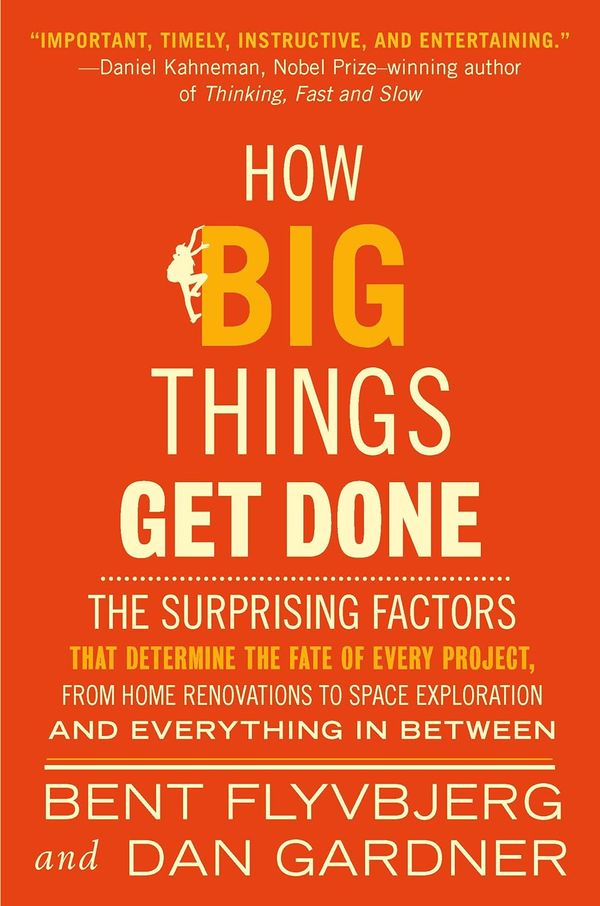By Tim Harford (2020)
Pages: 352, Final verdict: Great-read
I first came across Tim Harford's writing more than a decade ago, when he wrote of the most popular economics books of the 00's - The Undercover Economist. Since then, Harford become a leading figure in Economics, wrote seven books, and hosts More or Less, a very popular radio show on BBC where he debunks, explains and fact-checks the statistics and numbers we ran into every day.
It was this last business endeavour that inspired his latest book, How to Make the World Add Up: Ten Rules for Thinking Differently About Numbers.
Seeing the world through the eyes of a fact-checker
2016 was a defining year in how we perceive the world of numbers and statistics. The New York Times predicted that Hillary Clinton had an 85% chance of winning the presential election (you can still see it here). And the night before the referendum, the betting markets assessed there was only a 25 percent chance that the UK would leave the EU. None of them were necessarily wrong. But those unexpected results, coupled with the of influx of fake news and clickbait headlines makes us doubt everything we hear and see from traditional media outlets.
"It’s not that we feel every statistic is a lie, but that we feel helpless to pick out the truths." - Tim Harford
In How to Make the World Add Up, Harford argues that one can see through those headlines and understand what is actually being reported by following these 10 simple "rules":
- Being aware of your biases and emotional reaction to a claim;
- Combining a bird's eye view of the statistic with a detailed one;
- Looking to understand how the number reported was calculated;
- Finding comparisons and context to put it into perspective;
- Understanding where the data is coming from (which dataset, by whom);
- Searching for any gaps in the data (look for selection bias);
- Asking the tough questions about the algorithms behind the data;
- Largely trusting official statistics and statisticians;
- Looking underneath beautiful charts to understand what the data is actually showing;
- Keeping an open mind and being open to changing one's opinion of something.
Underlining these 10 principles is being curious about the world. Time and again, from Leonardo da Vinci in the Renaissance, Isaac Newton in XVII century Britain or Elon Musk today, this idea that curiosity is highly correlated with understanding the world and being successful (even at debunking false claims) is everywhere.
If we want to make the world add up, we need to ask questions – open-minded, genuine questions. And once we start asking them, we may find it is delightfully difficult to stop. - Tim Harford
To back up the 10 rules, each chapter adds vivid stories of historical figures and (many) social experiments that often highlight what happens when we follow our instincts blindly and the importance of each rule.
The one I found most surprising is from the first rule, where studies suggest that people are inclined to dismiss studies or facts that contradict their beliefs, and the more detail was presented, the easier it was for subjects to dismiss it. "The counterintuitive result is that presenting people with a detailed and balanced account of both sides of the argument may actually push people away from the centre rather than pull them in. If we already have strong opinions, then we’ll seize upon welcome evidence, but we’ll find opposing data or arguments irritating."
Bottom line
How to Make the World Add Up belongs to the same category as Freakonomics, Nudge, The Undercover Economist and other Pop Economics books. They all combine entertaining (and often unexpected) group of stories - be it about psychology, economics or other - that teach us how to interpret our world.
But with 352 pages, I found it unnecessarily long. The chapters are well written, easy to read, and often dramatic but you get the sense that Harford could have written the same book in half the length. It might just be survivor bias in the publishing world.
In the end, I enjoyed reading Harford's latest book, and if you are looking for a good framework to understand the world we're presented with everyday, you can't go wrong with this one.



